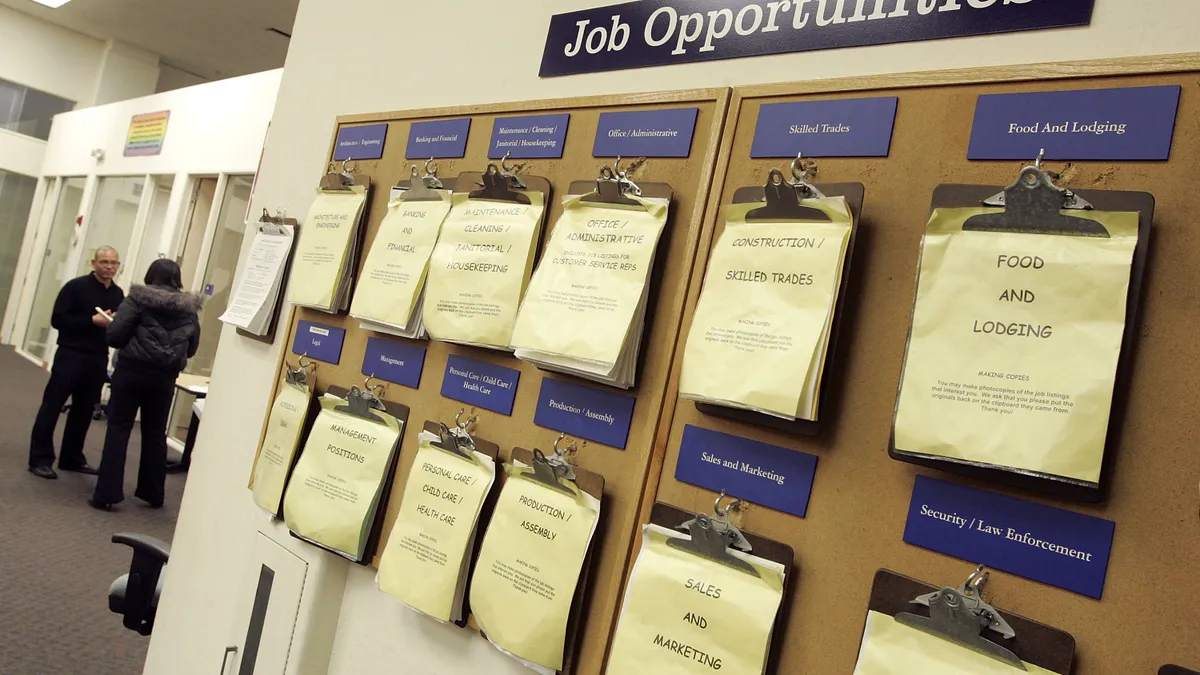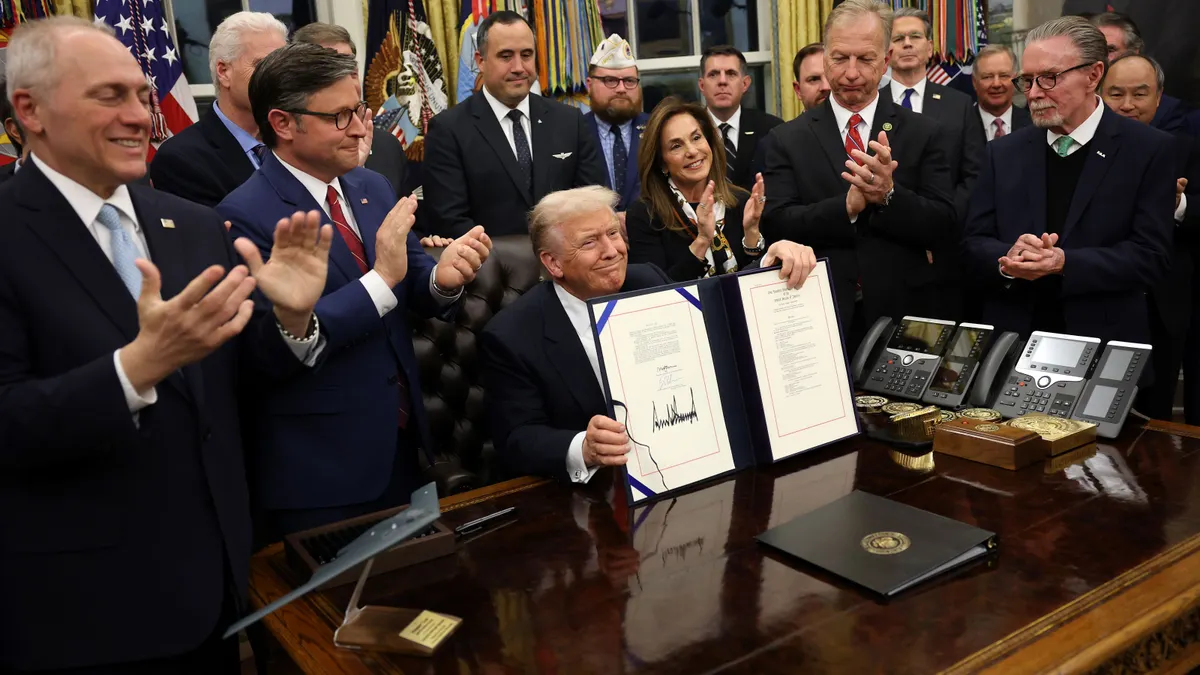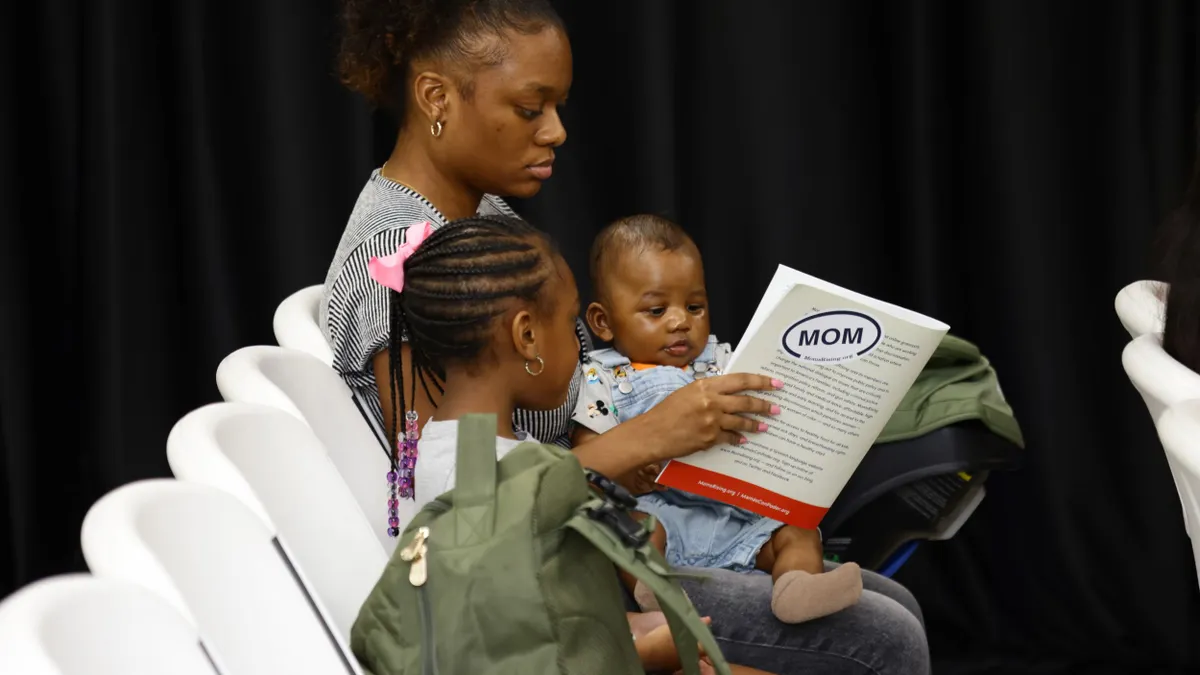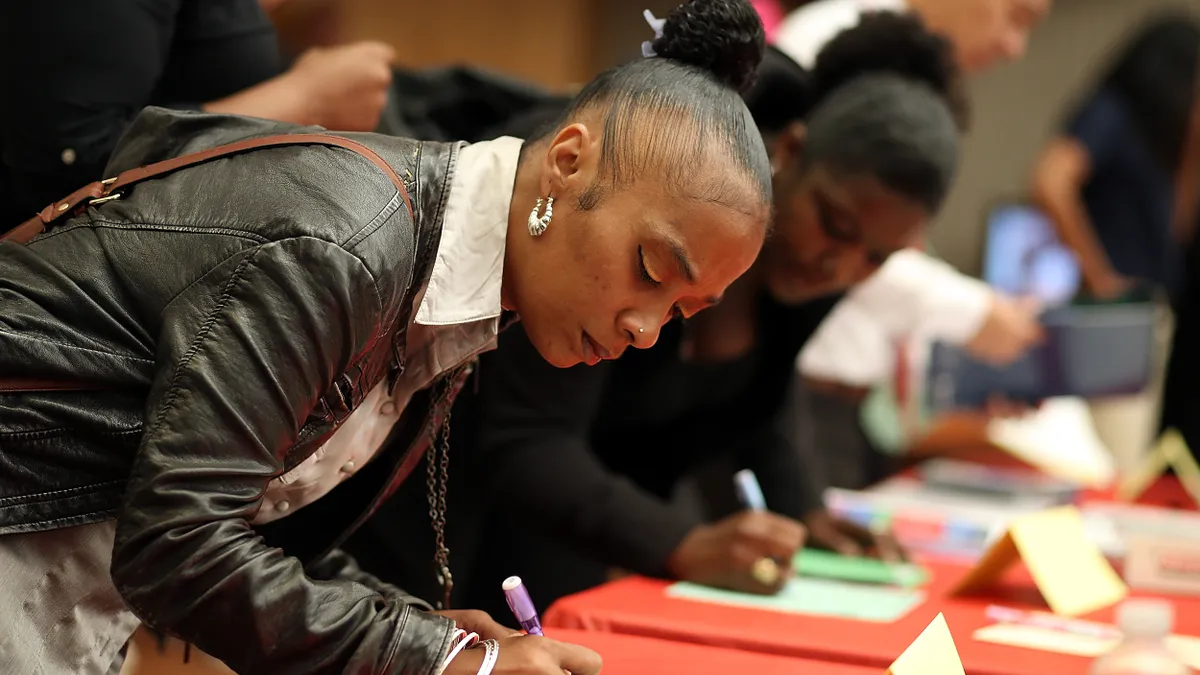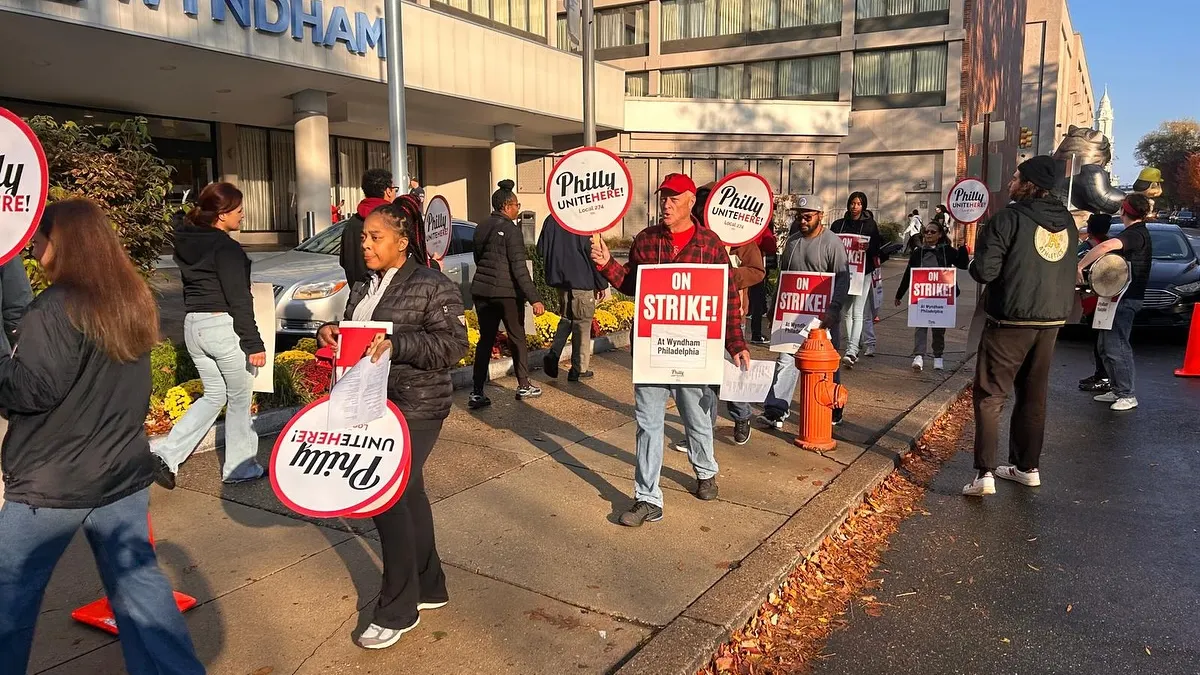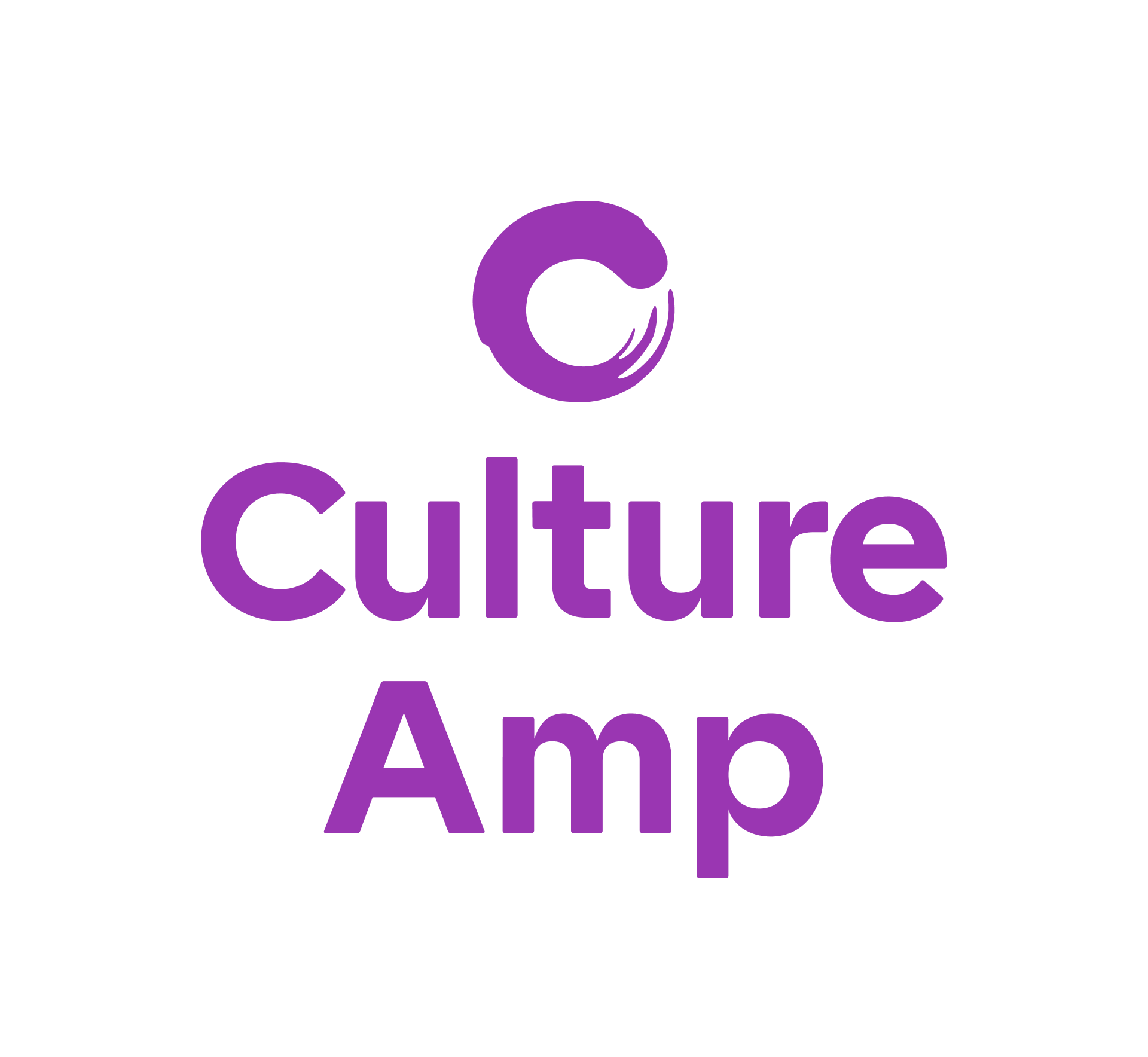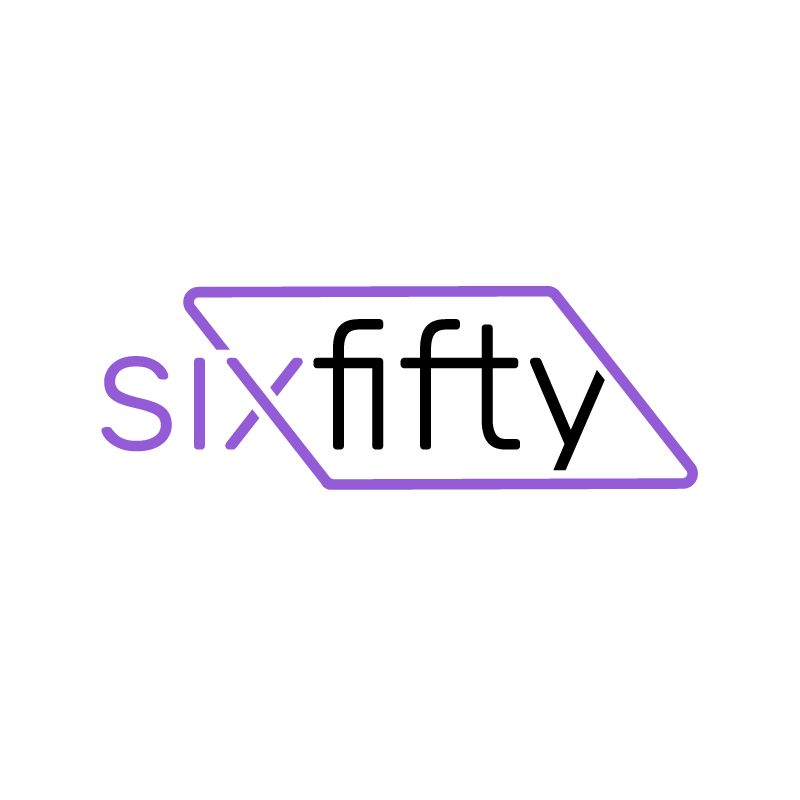2025 has been a challenging year for diversity, equity and inclusion. Compounded with DEI budgets that began to wane in 2023 and the definitive cultural shift away from DEI in 2024, President Donald Trump issued executive orders challenging DEI’s place in both the public and private sectors at the beginning of 2025.
Agencies like the U.S. Equal Employment Opportunity Commission issued guidance thereafter, drilling down on ways DEI initiatives might be unlawful. In a report from the HR Certification Institute (HRCI), 69% of practitioners cited actions from the White House as the catalyst for reevaluation of DEI programs.
Even as attorneys tell employers to take heart (and look to Title VII of the Civil Rights Act for guidance), HR professionals are renavigating their approach to DEI: 31% of practitioners expressed concern about the current political climate’s affect on DEI approach, with 15% of survey respondents saying that their employer eliminated their DEI programs.
Still, 96% of practitioners said increasing diversity at work leads to a better-functioning company. With these findings in mind, HR Dive spoke to HRCI CEO Amy Dufrane about how HR can walk through the minefield that is DEI in corporate America with confidence.
Editor’s note: This interview has been edited and condensed for clarity.
HR DIVE: How do you recommend that HR people advocate for DEI’s business case and productivity case?
AMY DUFRANE: HR has shifted from being a transactional function to a strategic driver of organizational success. This means we can have real impacts on helping our organizations make educated business decisions that maintain integrity with their mission and practices.
When we look at the future of work, what consistently emerges is that organizations thrive when they align “people strategy” with “business strategy.” Diversity in all its forms can be one of the strongest levers of performance because it expands perspectives, strengthens problem-solving, and ultimately fuels innovation.
The key for HR leaders is not to argue from ideology, but to demonstrate impact. By connecting diversity efforts to measurable outcomes like employee retention, engagement and productivity, HR professionals show how these initiatives create real enterprise value.
Whether or not a structured DEI program is a good idea remains an organizational decision. What we’ve consistently seen is that leaders who operate with company and stakeholder values as their North Star tend to navigate changing environments better. Costco and John Deere are recent examples of businesses (on both sides of the DEI discussion) that made educated decisions based on what mattered most to their communities.
Others, who have found themselves out of alignment with community values, have fared worse in both finances and the court of public opinion.
Is there any way to salvage the spirit of what DEI means for workplace culture, while changing the language and structure of it?
One of HR’s enduring responsibilities is to ensure workplace culture reflects the organization’s core mission, vision and values. Language may evolve, but the fundamental question remains: How do we create an environment where people can do their best work?
If the term “DEI” is contested, organizations can still preserve its spirit by anchoring efforts in principles like fairness, inclusivity and opportunity. These principles have long been part of workforce management and risk mitigation strategies.
HR leaders should treat this as an opportunity to potentially recalibrate. Instead of focusing narrowly on terminology, they can reframe initiatives around strategic outcomes — like talent development, workforce planning and employee engagement — that are universally valued and essential for productivity.
This allows organizations to preserve cultural practices that build trust, collaboration and resilience. In this way, HR can ensure that the spirit of inclusivity remains embedded in their organizational DNA, regardless of shifting external narratives.









